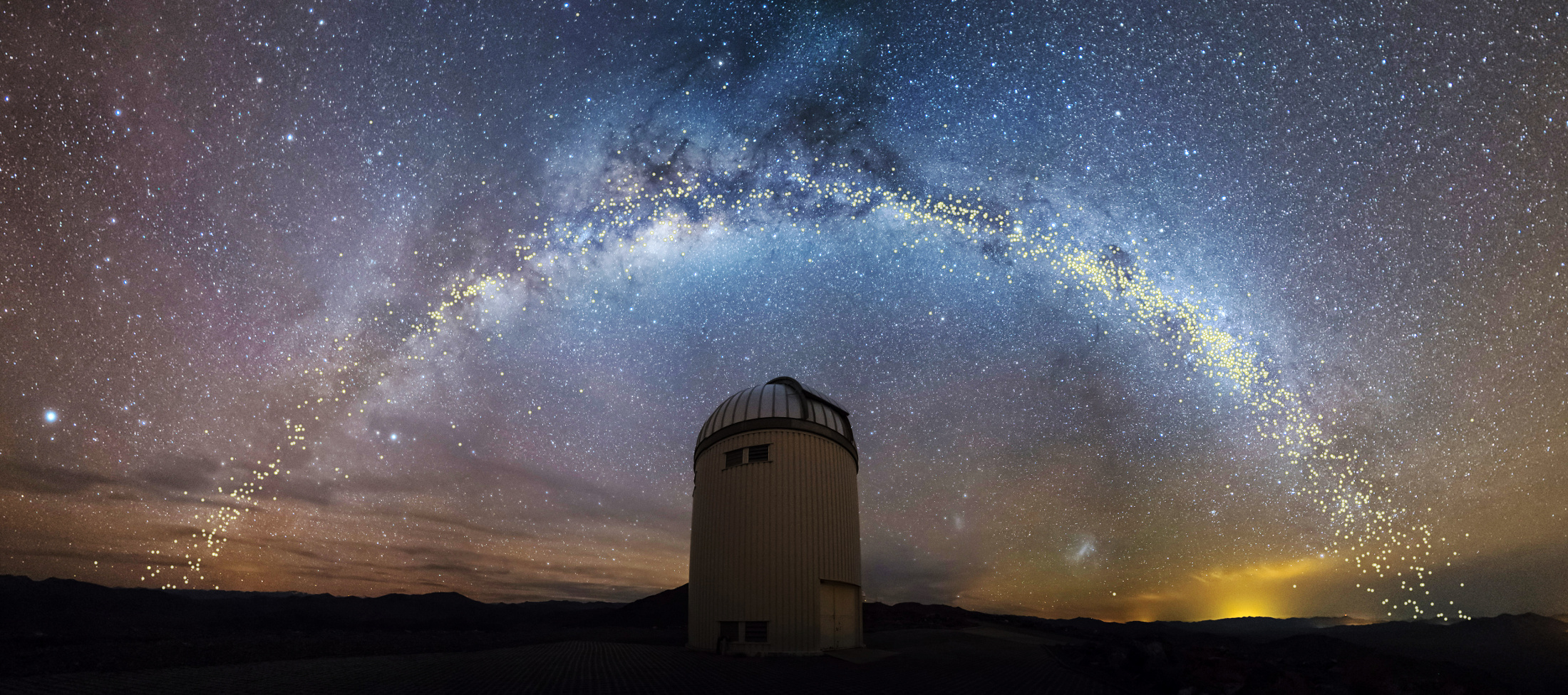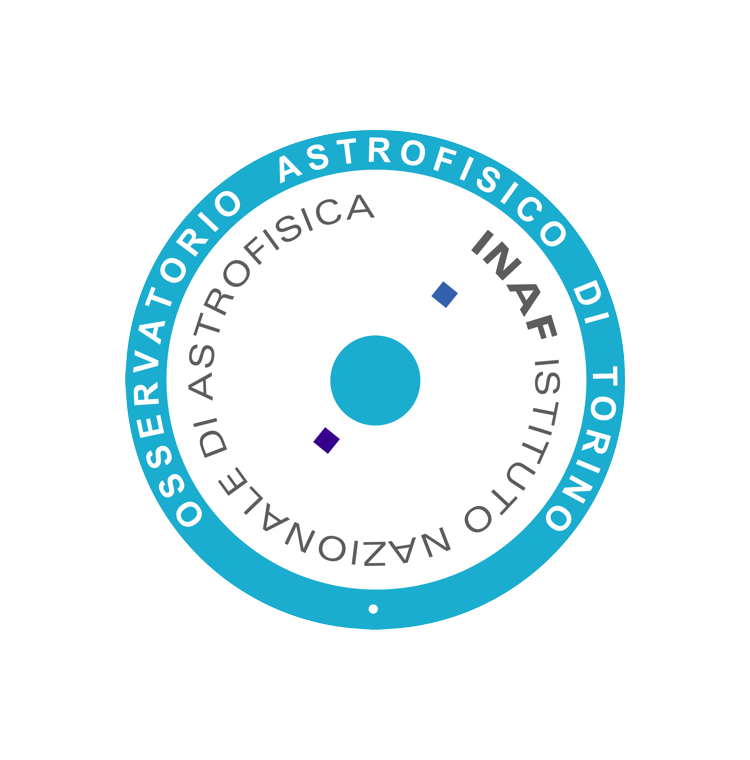
Astronomic observatory of the University of Warsaw - artistic jimpression. Credits: University of Warsaw
Dorota Skowron
Abstract
Over the past three decades, time-domain optical astronomy and large-scale surveys have transformed astrophysics, enabling long-term monitoring of billions of sources, which resulted in discovering millions of variable stars, planets, black holes, and previously unknown phenomena.
The Astronomical Observatory of the University of Warsaw, celebrating its 200th anniversary this year, has played a major role in this progress as the home of the OGLE project. I will highlight key discoveries made through OGLE’s continuous sky monitoring, including the creation of the highest-quality catalog of more than one million variable stars.
In this catalog, classical Cepheids are of particular importance. As standard candles, they provide direct distance measurements within and beyond the Galaxy, while their ages make them excellent tracers of the young stellar population.
I will talk about how we used the sample of Galactic classical Cepheids to learn about the structure of the Milky Way disk.

